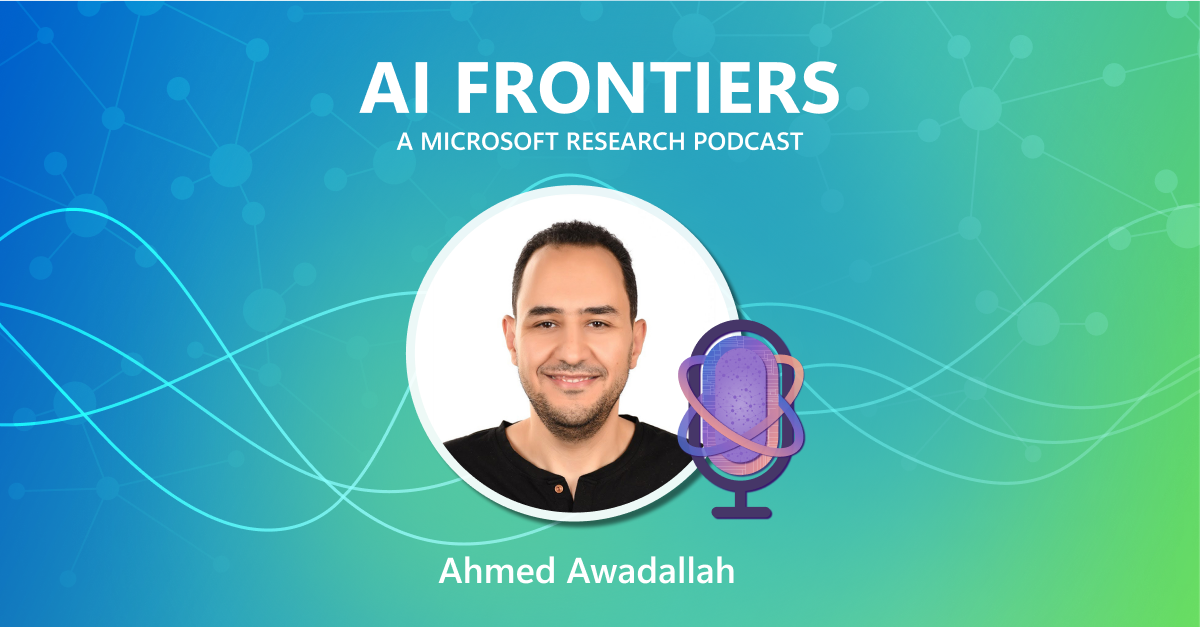A mind is a terrible thing to waste, and so, apparently, is an idle computer. On November 18, scientists from Oregon State University (opens in new tab) (OSU) will begin harnessing the idle time of thousands of personal computers to study climate modeling and the resulting weather effects on the Pacific Northwest and California. This project illustrates the power of “citizen scientists,” in this case, the thousands of individuals whose personal computers will be leveraged during idle times. By lashing together the computing power of these privately owned PCs, the OSU team will create a digital network with the computational chops of a supercomputer.
The OSU participation in this worldwide initiative, under the leadership of Philip Mote (opens in new tab), director of the Oregon Climate Change Research Institute (opens in new tab), will study the reliability of various climate simulation models in the western United States. Microsoft Research (opens in new tab) provided primary funding for this initiative, with additional support coming from the Bureau of Land Management (opens in new tab), the California Energy Commission (opens in new tab), and the U.S. Geological Survey (opens in new tab).
The work at OSU will join that already underway in South Africa and the United Kingdom. Since the project’s inception in 2003, hundreds of thousands of citizen scientists have donated their spare computer processing power to run global climate change models. During idle times, the personal computers collect data on regional climate information, including temperature, winds, and humidity, which is then compiled and fed into climate model simulations.
MICROSOFT RESEARCH PODCAST
AI Frontiers: The future of scale with Ahmed Awadallah and Ashley Llorens
This episode features Senior Principal Research Manager Ahmed H. Awadallah, whose work improving the efficiency of large-scale AI models and efforts to help move advancements in the space from research to practice have put him at the forefront of this new era of AI.
Experiments in the OSU-led initiative include predicting regional weather events-including droughts, floods, and temperature extremes-during the 2020s and 2030s, and forecasting the possible climate impact if global temperatures rise two, three, or four degrees by the end of the century.

Surface temperature in the global model – you can watch this progressing as your model runs.
Mote notes that the rationale behind these climate modeling studies is elegantly simple. “In less than two months, we can run 40,000 different year-long climate simulation models with our network of volunteers. A dedicated supercomputer, during that time, could simulate a couple hundred years worth of data.”
“It’s exciting that both climate modeling and computer technology have advanced to the point that people at home can contribute to the effort to study climate change,” he added.
Individuals in the western United States who wish to donate their computer’s spare processing power are encouraged to visit www.climateprediction.net/weatherathome (opens in new tab), where they can register to have the climate model application downloaded. Much like a screensaver, it will run only when your computer is idle.
—Dan Fay (opens in new tab), director of the External Research division of Microsoft Research

